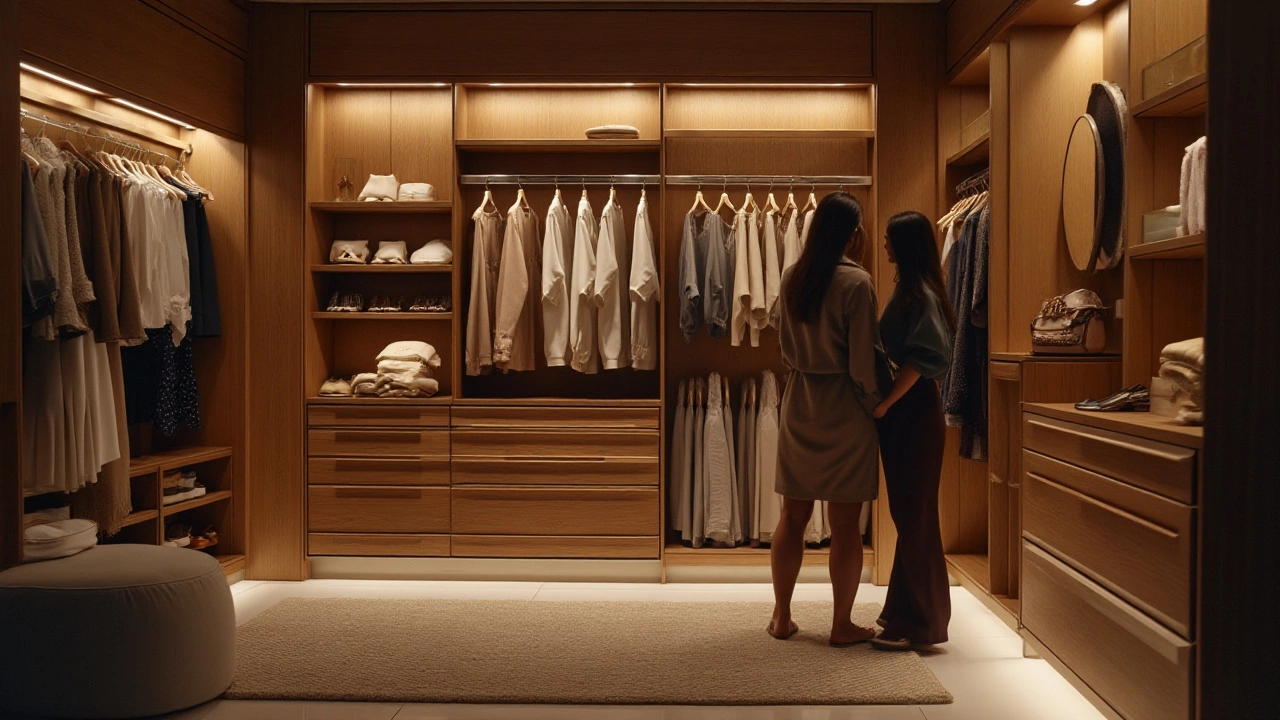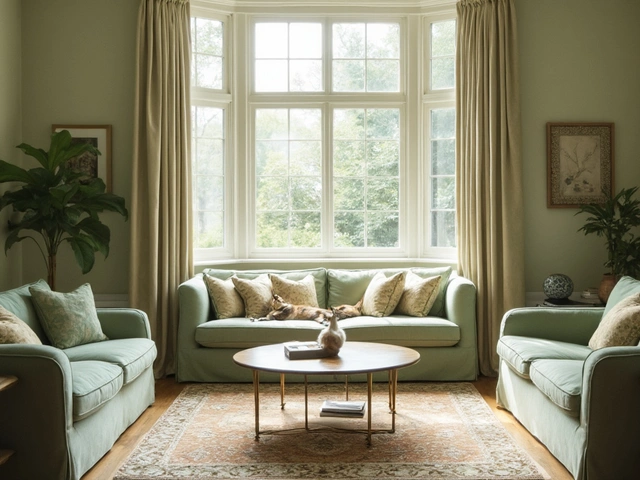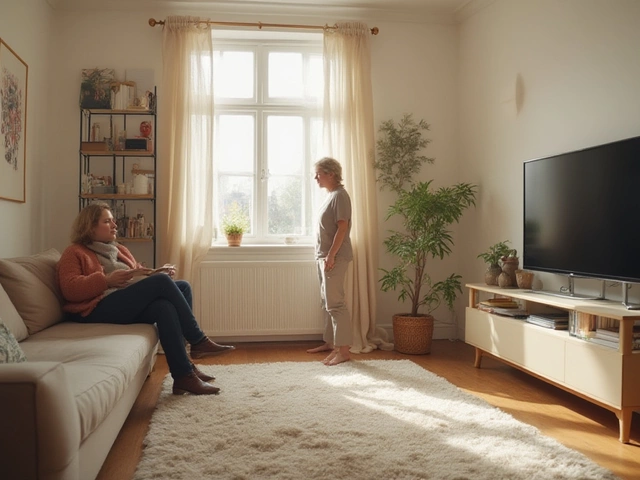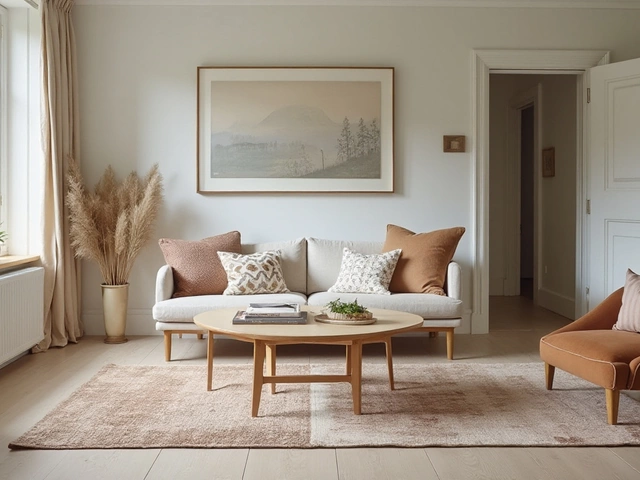American Terminology: Easy Guide to Common Furniture Words
If you’ve ever felt confused by names like "sleeper sofa" or "armoire," you’re not alone. American furniture terminology can sound like a different language, especially when you’re used to British or Australian terms. This page breaks down the most frequent words, shows how they differ, and gives quick tips for choosing the right piece for your space.
What’s a Sofa Bed, Sleeper Sofa, or Futon?
All three let you turn a couch into a place to sleep, but they work differently. A sofa bed (sometimes called a convertible couch) has a hidden mattress that folds out when you pull a lever. A sleeper sofa is basically the same thing; the name is just a marketing spin. A futon is a thin mattress on a simple frame that folds flat for sitting and folds upright for sleeping. If you need a sturdy mattress for nightly guests, go with a sofa bed. If you want a lightweight option for occasional sleepovers, a futon works fine.
Wardrobe vs. Armoire vs. Closet
The words wardrobe, armoire, and closet all describe storage for clothes, but they’re not interchangeable. A wardrobe is a freestanding piece with hanging space, shelves, and sometimes drawers – perfect for small rooms where you can’t build in storage. An armoire is the fancy French version of a wardrobe, often taller and with decorative doors; it adds a touch of style but works the same way. A closet is built into a wall, usually with sliding or hinged doors, and is part of the room’s architecture. When you shop, think about whether you need a portable unit (wardrobe/armoire) or a built‑in solution (closet).
Knowing the difference saves you money and space. For example, if a listing says "armoire" but shows a simple wooden wardrobe, you won’t be surprised by the finish. Likewise, if a dealer markets a "closet system" you’ll expect installation work.
TV Stands, Media Consoles, and Alternatives
In the US, a TV stand can be a low cabinet, a tall media console, or even a wall‑mounted shelf. The term media console usually implies more storage for game consoles, speakers, and cables. Some people avoid a traditional stand altogether and use alternatives like a floating wall shelf, a repurposed bookshelf, or a decorative ladder. These options keep the floor clear and add personality to the room.
When choosing, measure your TV’s width and depth, then add a few inches on each side for breathing room. If you have a wall‑mounted TV, you might still need a small console to hide the cords.
Understanding American furniture terminology helps you compare products, read reviews, and talk confidently with salespeople. Next time you browse online, look for the exact words explained here and match them to your needs. That way you’ll pick the right piece, avoid surprises, and get the best value for your money.





